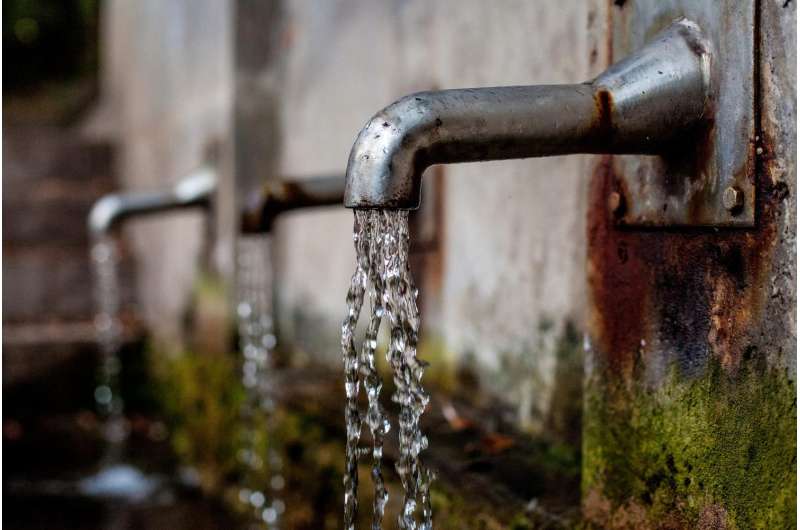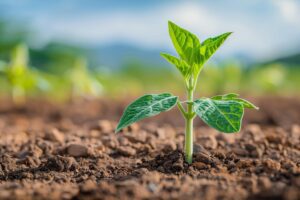

Delaware has numerous inland waterways with high microbial impairment from unknown sources. Now, a new study suggests that human waste, both treated and untreated, is responsible for the waterway impairment in these Delaware watersheds. The study was published in Applied and Environmental Microbiology.
According to the Clean Water Act, when water is contaminated by pollutants and doesn’t meet the standards of clean water, the water bodies are considered impaired.
In the study, researchers worked with the state water quality monitoring staff to collect water across many different locations from three different inland watersheds in the southern part of Delaware. They were able to see the microbial communities present in the water by examining the DNA in the water.
“The nice thing about this study is that the sampling happened on a monthly basis across two different years, 2020 and 2021. We were able to capture a lot of different seasonal, tidal and geographic location differences to look at this in a very comprehensive manner,” said study co-author Jennifer Biddle, Ph.D., a professor in the School of Marine Science and Policy at the University of Delaware.
The researchers compared the DNA signatures in the water to DNA signatures from a library that contained signatures from many different organisms that live across Delaware, including domestic and livestock, as well as human signatures.
The researchers found that the majority of the microbial signatures in the water were comparable to a human waste signature and did not match an animal signature, either domestic or agricultural.
“This idea that you live downstream from a cow farm and thus your water is impaired… we never found that being any sort of signature in the water. It was a majority human signature,” Biddle said.
The study suggests that the way the microbes are present in the environment are most similar to what is seen from human waste, treated waste and untreated human waste.
“With a library of over 10,000 signatures from different microbes, we were able to say that this looks like a human signature instead of a goose signature or some other animal. We don’t have a massive issue with animal inputs in the waterway,” Biddle added. “People might have concerns about migratory geese or agricultural animals, but it seems like that waste isn’t a concern.”
The study indicates that infrastructure type problems may be the cause of water impairment. “We saw a septic system signature in the water,” Biddle said. “We need to look into infrastructure issues and systems that might have been installed a long time ago.”
Currently, septic systems in Delaware don’t need to be replaced until a property is sold, but the study suggests that property owners should more frequently make sure their septic systems are up to code.
“Our ability right now to look at the microbiology of an environment with a massive sequencing approach is very useful and has increased in its utility, beyond just examining what the EPA regulations regularly require,” Biddle said.
More information:
Malique Bowen et al, Identifying potential introduced and natural sources of pollution in Delaware watersheds, Applied and Environmental Microbiology (2024). DOI: 10.1128/aem.01958-24
Provided by
American Society for Microbiology
Citation:
Inland Delaware watersheds impaired by human waste, study suggests (2024, November 11)
retrieved 12 November 2024
from https://phys.org/news/2024-11-inland-delaware-watersheds-impaired-human.html
This document is subject to copyright. Apart from any fair dealing for the purpose of private study or research, no
part may be reproduced without the written permission. The content is provided for information purposes only.

